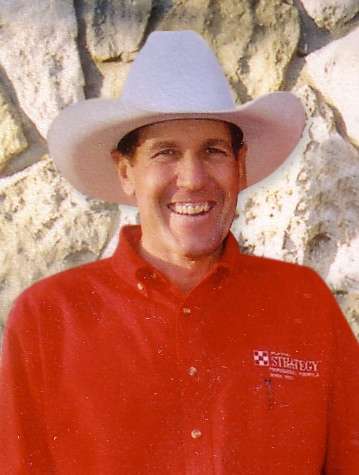“Cautious optimism prevails for farmers maintaining working capital, following an equipment replacement plan, managing debt and establishing a marketing strategy.”
Alan Maxwell and Jack Rickabaugh represented Frontier Farm Credit with that consensus presentation at a Farm Profit Seminar in Ottawa.
Maxwell, finances officer, and Rickabaugh, insurance officer, titled their dual slideshow program “State of the Ag Industry.”
In opening remarks, Maxwell pointed out the FED’s (Federal Reserve System, central banking system of the United States) targets and responsibility.
Using Federal Reserve Bank sources, Maxwell said, “Labor markets would have to get to maximum employment. Inflation would have to hit the target of 2-percent and be on track to exceed that moderately for some time.”
A chart displayed the nation’s unemployment from 1970 through predictions for 2024. In 1970, unemployment was about 5-percent. It peaked at just under 10-percent in 1982, and was just slightly lower in 2011.
Unemployment was 3.9-percent in December 2021, up from 3.5-percent in February 2020.
Inflation based on the Producer Price index and Consumer Price Index was about 2 percent in early 2011. It dropped to less than zero in 2015, according to the Bureau of Labor Statistics.
Peak inflation based on both indexes was in the second-half of 2021, reaching just under 10-percent.
Monthly personal savings rate remained stable at five to 10-percent for two decades until government assistance was handed out.
Personal savings peaked at nearly 35-percent with the passage of the CARES Act in March 2020. The American Rescue Plan adopted in March 2021 put personal savings at about 27-percent.
Personal consumption expenditures declined in early 2020 but went up sharply midyear 2021.
The United States 10-year treasury rate was 4-percent in 1962, before reaching an all-time high of 14-percent in 1982. Lowest rate was about 1-percent in 2020 with slight raises since then and predictions going up slowly for two years.
Summarizing the country’s macro-economy, Maxwell said, “Multiple rate hikes are expected this year with the strong job growth to continue.
“Expect the FED to be cautiously aggressive in the midterm election with the desire to avoid recession,” Maxwell added.
“Land prices are strong as ever yet with high input costs,” Maxwell indicated. “With high U.S. and world crop planting forecasts, there are continuing supply chain issues. Still, revenue guarantees are the highest in a decade.”
Land values have increased due to strong commodity prices, historically low interest rates, and coronavirus relief payments, Maxwell said. “Investor interest in land has also been a factor in higher prices being paid,” Maxwell added.
Average Kansas cropland values with at least 85-percent tillable surpassed $6,000 last year, charts indicated.
Taking the speaker platform, Rickabaugh reviewed insurance programs available for both crop farmers and livestock producers.
“When making risk management decisions, know your cost of production and break-evens,” Rickabaugh said. “Execute on any opportunities to cover costs, but avoid locking in a loss.
“Set your minimum revenue floor as soon as possible,” Rickabaugh continued. “Elevate your minimum guarantees whenever the market allows.”
Producers must determine what is the most important to them. These include: “Most guaranteed bushels to forward contract? Most next positive historical cash flow? And frequency or severity of claims?”
Keys to agriculture success for 2022, the speakers agreed. “Maintain working capital, have an equipment replacement plan, establish a strong marketing strategy and manage debt for today and the future.”
CUTLINE
Alan Maxwell and Jack Rickabaugh presented keys to agriculture success for 2022 at a Farm Profit Seminar in Ottawa.





